The Sign and Eco. Problems, discussions and possible solutions
Keywords:
Semiótica, Signo, Eco, Tratado, OrnitorrincoAbstract
Umberto Eco’s A Theory of Semiotics has a notion of sign which Eco himself seems to have overlooked or omitted, not only through this book´s pages, but also along those of Kant and the Platypus. In my opinion, this omission has prevented Eco from satisfactorily solving most of the semiotic problems posed in both works by him. Thus, this paper starts by tackling some contradictions in that notion of sign to later apply the conclusions to those aforementioned semiotic problems in an attempt to find correct solutions for them.
Published
How to Cite
Issue
Section
Copyright (c) 2020 Fernando Damián Bragazzi

This work is licensed under a Creative Commons Attribution-NonCommercial-NoDerivatives 3.0 International License.
The authors that publish in this Journal accept the following terms:
a. Authors retain copyright and grant the journal right of first publication with the work simultaneously licensed under a Creative Commons Attribution License Attribution-NonCommercial-NoDerivs 3.0 Unported (CC BY-NC-ND 3.0) that allows others to share the work with an acknowledgement of the work's authorship and initial publication in this journal.
b. Authors are able to enter separate, additional contractual arrangements for the non-exclusive distribution of this journal's published version of the work (e.g., post it to an institutional repository or publish it inside a book), with an acknowledgement of its initial publication in this journal. All the works published on this Journal are retrieved and safeguarded in the Institutional Repository of this University: Repositorio UNLaM
c. Authors are allowed and encouraged to post their work online (e.g., in institutional repositories or on their website) prior to and during the submission process, as this can lead to productive exchanges, as well as to enriching and enlarging the number quotations on the work published.
















